How to Clean Window Air Conditioner Styrofoam

Much as we would love to have it, central air conditioning is not always an option. In a pinch, purchasing a window air conditioner can allow for cool, crisp air to permeate your space. But there are things to be aware of with these units.
The Styrofoam that comes with the unit, which is meant to seal off airflow to the outside, can become dirty. The quickest way to clean it is to turn off the unit, pop out the Styrofoam, and use a chemical cleaner to do the job. But it can be just a bit more complicated than that.
Cleaning The Styrofoam of a Window AC
Step 1: Turn Off and Unplug the Air Conditioner
The very first thing to do is turn off your air conditioner and then unplug it from the wall. Safety is paramount whenever you are dealing with electronics and that is no different from a window air conditioner.
This is to ensure that the unit doesn’t start up unexpectedly or that there are no potential electrical shocks if any of the cleaner that you use ends up getting into the internal components.
Step 2: Take Out the Styrofoam
The Styrofoam that comes with the window air conditioner is meant to close off the gaps between the window frame and the air conditioner. Without that Styrofoam, air can get in and cause excess moisture or will require the unit to work that much harder to cool the room.
Pop-out the Styrofoam so that you can clean it thoroughly. Do not attempt to clean the Styrofoam in its place; you won’t be able to get 360-degree coverage and that will just allow the grime to hide and eventually spread.
Step 3: Clean the Styrofoam Thoroughly
Most of the time, the Styrofoam will just have a layer of dust and dirt on it. This is relatively easy to clean off. All you need is a damp cloth and some kind of cleaning spray and it should get rid of the dust and the dirt.
Keep an eye out for mold, though (more on that later). Mold is a serious issue and requires more than a cursory wipe to take care of.
Step 4: Soaking the Styrofoam
This step is for deeper cleaning or if you haven’t cleaned off the Styrofoam in some time. Find a strong cleaner or even an industrial cleaner and create a mixture with water in a container. Follow the manufacturer instructions if you have any doubts.
Allow the Styrofoam to soak long enough to break down the grime that coats it. You might need to do this once or twice depending on just how dirty the Styrofoam is. When you’re comfortable with the level of clean, make sure to wipe it down thoroughly and give it some time to sit out so that it can dry.
Step 5: Put the Styrofoam Back
When you’re comfortable with the cleanliness of the Styrofoam, you can then place it back between the window and the unit. Make sure that it is secured properly between the air conditioner and the window frame. Any gaps will allow air to escape, creating excess moisture in some instances and making your air conditioner work harder at the very least.
Why Is There Mold on the Styrofoam?
Styrofoam is one of the most unlikely spots on the air conditioner for mold to grow. This is because Styrofoam doesn’t absorb moisture and there are no nutrients for the mold to attach to. But that doesn’t mean it is impossible for mold to grow on it.
The most likely reason that there is mold growing on the Styrofoam is that it is dirty and either raid or droplets of humidity are feeding it the moisture that it needs. And given the fact that there isn’t much light getting to the Styrofoam, it can make for a proper growth environment for mold.
Keep in mind that, over time, dirt is going to get into the machine, and it will get on the Styrofoam. Mixed with the darkness of the space and the humidity as well, it can be an ideal environment for mold growth.
Standing Water in the Air Conditioner
One of the most common growth areas for mold is in standing water of some sort. The cooling coils naturally produce condensation that is meant to drip to the outside of the machine. This allows the machine to stay dry despite all of the condensation.
But the air conditioner can become clogged with debris, particularly in the drip hole. When the drip hole is clogged, that allows for standing water. And standing water is one of the most likely causes of mold out there.
That standing water can also be a reason why there is mold growth on the Styrofoam. Moisture and darkness are the essentials needed to create mold; black mold in particular requires constant moisture over a long period of time.
Cleaning Mold Out of Your Air Conditioner
If you make the unfortunate discovery that you have mold growing either in the air conditioning unit or on the accompanying Styrofoam, there is something that you can do about it. All you’ll need is a little bit of dish soap, bleach, and some hot water.
Keep in mind that bleach is very dangerous to inhale, so use caution when concocting this mixture. Mix a tablespoon of mild dish soap, a half cup of bleach, and 3 gallons of hot water together. Use gloves and eye protection if you have it available.
Use a sponge, brush, or cloth to soak up your mixture and start scrubbing the moldy areas. Depending on the build-up of the mold, it may take more than one application to get it all up. However long it takes, make sure that you clean the mold away completely. Mold can grow from a single spore and even when you clean it thoroughly, you may not completely remove it.
Can You Use an Air Conditioner That has Mold Growth?
While it may not impact the ability of the air conditioner to work, it is inadvisable to use the unit when you know there is mold growth. The Environmental Protection Agency, an authority on the matter, recommends that you stop the unit immediately and clean thoroughly before using it again.
The reason that you do not want to use an air conditioning unit that you know has mold growth is because the microscopic mold spores will blow around the room. When inhaled, these tiny spores can do damage to your lungs and respiratory system over time.
Check Out Our Guide: How To Identify Black Mold
What Kills Mold?
Undiluted white vinegar is a household cleaner for a reason. It is used on harder surfaces like in baths and kitchens and makes a great solution for killing mold growth. It is important that you dilute it down as the smell can be quite potent on its own.
As mentioned previously, bleach is another highly effective way of killing mold growth. Mixing it with a little dish soap and a lot of water can help to kill mold growth in its place and clean the entire impacted area. As always, use caution whenever you bring potent chemicals into the mix. Proper eyewear and gloves should be worn; respiratory masks aren’t a bad idea either.
Related Guides

Ryan Womeldorf has more than a decade of experience writing. He loves to blog about construction, plumbing, and other home topics. Ryan also loves hockey and a lifelong Buffalo sports fan.
More by Ryan Womeldorf



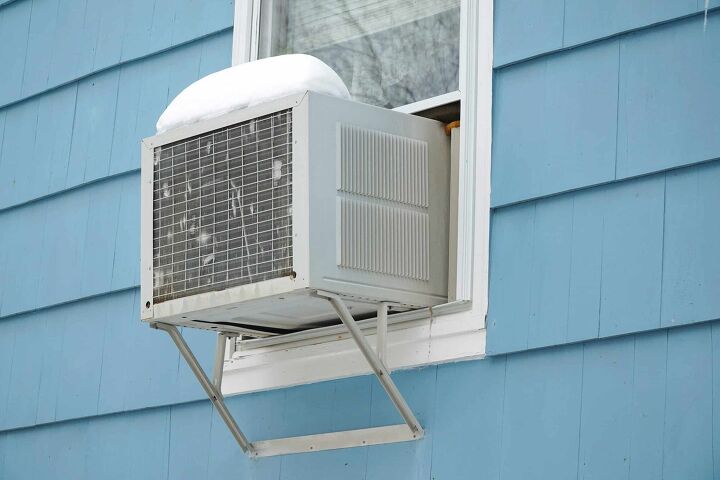






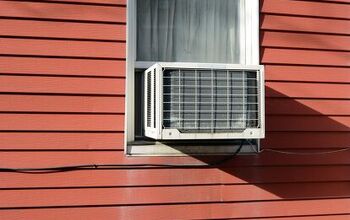
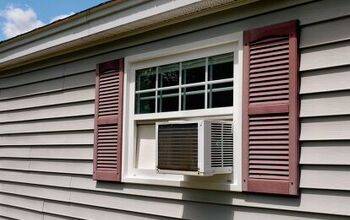
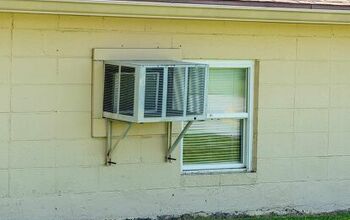
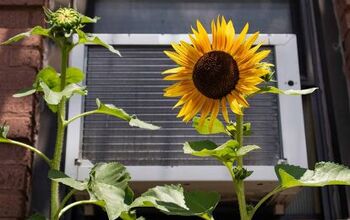
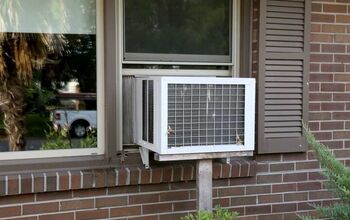










![Standard Dining Room Table Dimensions [for 4, 6, 8, 10 and 12 People]](https://cdn-fastly.upgradedhome.com/media/2023/07/31/9074335/standard-dining-room-table-dimensions-for-4-6-8-10-and-12-people.jpg?size=350x220)

